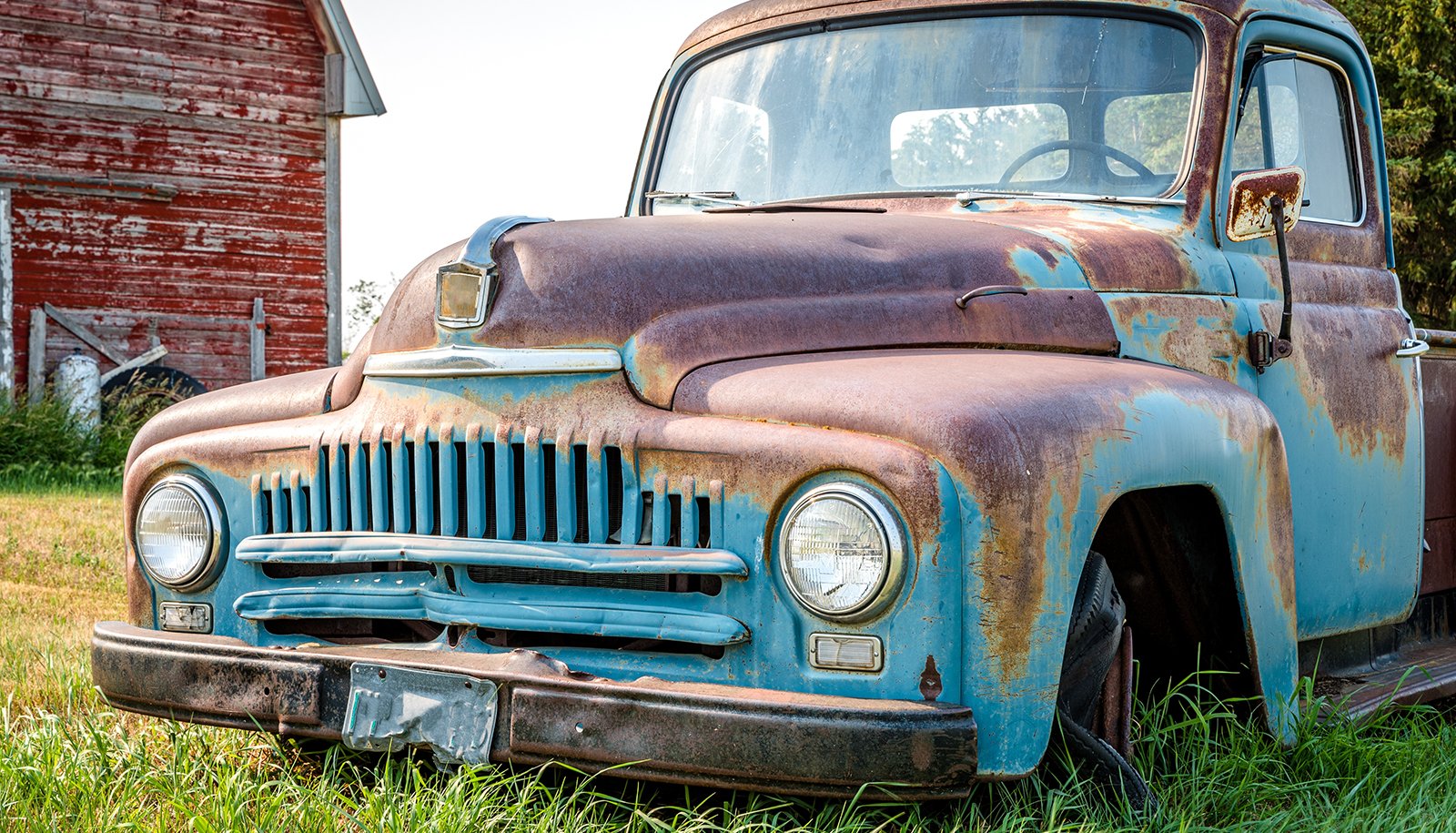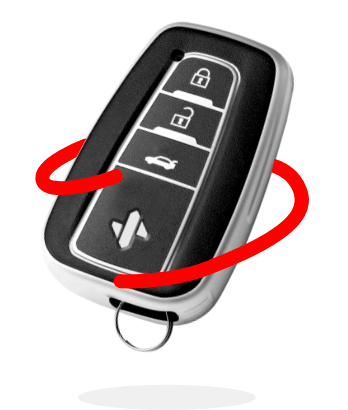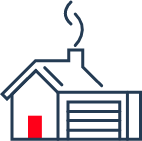One of the most significant decisions you'll make when protecting your home is choosing the right homeowners insurance policy. With a variety of options available, it can be challenging to determine which policy best fits your needs.
Two of the most common policies are HO3 and HO5. Both offer essential protection for your home, but understanding their differences is key to ensuring you have the coverage you need.
WHAT IS AN HO3 INSURANCE POLICY?
An HO3 policy, often referred to as a "Special Form" policy, is the most popular type of homeowners insurance. It provides broad coverage for your home, including the structure, detached buildings like garages, personal property, liability protection, and additional living expenses if your home is temporarily uninhabitable.
The key feature of an HO3 policy is its "named perils" coverage for personal property. This means it only covers damage to personal property caused by specific events listed in the policy, such as fire, theft, and storms. While this provides a solid foundation of protection, it's important to review the named perils closely to ensure they meet your needs.
Pros:
- Broad coverage for a wide range of risks
- Generally more affordable than HO5 policies
Cons:
- Personal property is only covered for named perils
- Some homeowners may require additional coverage for peace of mind
WHAT IS AN HO5 INSURANCE POLICY?
An HO5 policy, or "Comprehensive Form" policy, offers the highest level of coverage available for homeowners. It includes all the protections of an HO3 policy but with expanded coverage for personal property. Unlike the HO3's named perils approach, an HO5 policy covers personal property on an "open perils" basis, meaning it covers all causes of loss unless explicitly excluded in the policy.
This enhanced coverage makes HO5 policies an excellent choice for homeowners with high-value personal property or those seeking the most comprehensive protection.
Pros:
- Provides the most extensive coverage for both the home and personal property
- Peace of mind knowing most risks are covered
Cons:
- Typically more expensive than HO3 policies
- Not necessary for all homeowners, depending on personal property value and risk tolerance
KEY DIFFERENCES BETWEEN HO3 & HO5 POLICIES
The most significant difference between these two policies lies in personal property coverage. The HO5's open perils coverage offers broader protection, making it a preferable choice for those with valuable personal belongings. Additionally, while HO5 policies tend to have higher premiums, the extended coverage can provide invaluable peace of mind in the event of unexpected loss or damage.
WHAT PERILS DOES HO5 COVER VS. HO3?
An HO5 policy, often considered the gold standard in homeowners insurance, offers comprehensive coverage against a wide array of risks to your home and personal property. Unlike its counterpart, the HO3 policy, which limits personal property coverage to only named perils, the HO5 policy operates on an open perils basis.
This means it covers all causes of loss or damage to both the structure of your home and your belongings, except for those explicitly excluded in the policy. Common exclusions typically include earthquakes, floods, government seizure, nuclear hazards, and intentional loss, among others.
Essentially, this expansive approach ensures coverage unless a peril is specifically excluded. This level of protection provides homeowners with peace of mind, knowing that their investment and cherished possessions are safeguarded against most unforeseen events and disasters.
WHAT’S THE DIFFERENCE BETWEEN NAMED PERIL VS. OPEN PERILS?
Named perils and open perils represent two foundational concepts in the realm of property insurance, defining the scope of coverage provided under a policy. Named perils coverage, as the term suggests, protects against specific risks or events explicitly listed in the policy documents.
Common named perils include fire, theft, windstorm, and hail, among others; if a loss occurs due to an event not listed, the damage is not covered. Conversely, open perils coverage offers a broader level of protection, covering all damage sources except those expressly excluded.
Exclusions in open perils policies might include earthquakes, floods, or intentional damage. This distinction fundamentally affects the comprehensiveness of a policy, with open perils offering more extensive coverage by default. This assures homeowners that their property is safeguarded against a wide array of potential threats unless specifically noted otherwise.
HOW TO DECIDE WHICH POLICY IS RIGHT FOR YOU
Choosing between an HO3 and HO5 policy depends on several factors, including the location of your home, the value of your personal property, and your financial considerations.
Here are a few tips to help you make an informed decision:
- Assess the value of your personal property: If you own high-value items, an HO5 policy may offer the protection you need.
- Consider your financial situation: Ensure the premium costs align with your budget without compromising on necessary coverage.
- Consult with an insurance agent: A professional can provide personalized advice based on your circumstances and needs.
Selecting the right homeowners insurance policy is crucial for safeguarding your home and belongings. By understanding the differences between HO3 and HO5 policies, you can make an informed choice that offers the best protection for your unique situation. Remember, the goal is to find a policy that provides peace of mind, knowing your home is well-protected against unforeseen events.
If you need help finding the best homeowners insurance coverage for the best price, speak to a SimplyIOA agent at 833.872.4467 or get a homeowners insurance quote online now.










